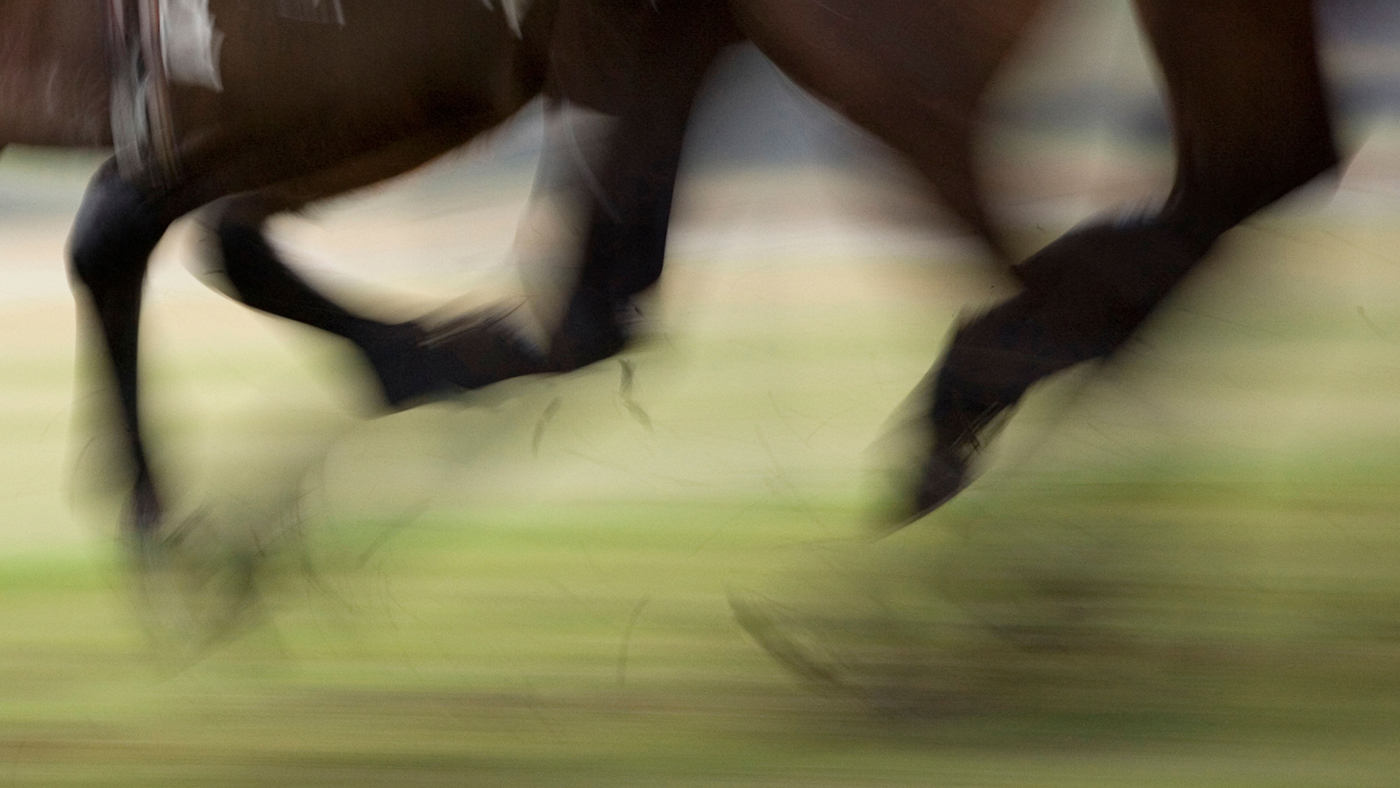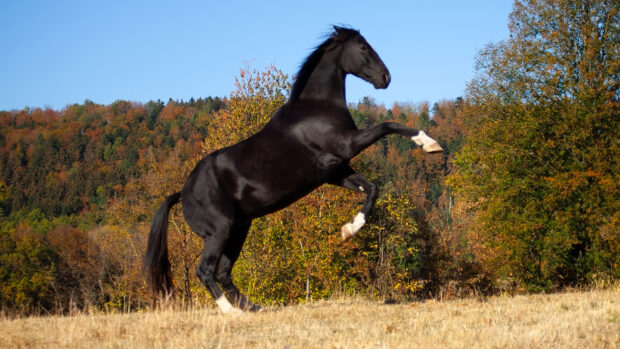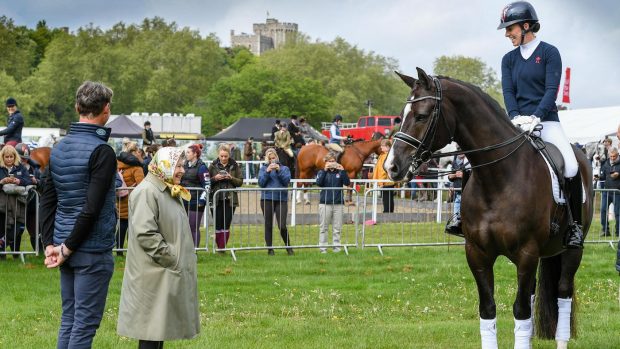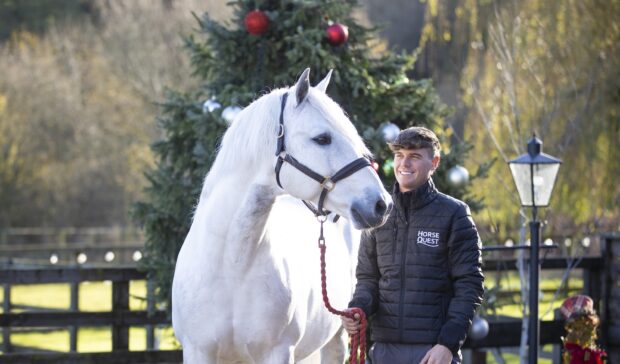British racing’s leaders are meeting today (20 July) to discuss areas raised in last night’s episode of Panorama, which showed footage that suggests some horses, including former racehorses, were euthanised in circumstances harmful to their welfare.
The BBC footage also showed some horses, who appeared to have injuries, had been transported from Ireland to British abattoir Drury and Sons. The abattoir told Panorama that it takes “great care to maintain high welfare conditions and do not accept any form of animal abuse”.
The British Horseracing Authority (BHA) and others from the industry, including the independently chaired Horse Welfare Board, are also in contact with the Irish racing industry about the programme, The Dark Side of Horse Racing.
“No one in racing, and no one who loves horses, wants to see them caused distress or suffering at the end of their lives,” said a BHA statement.
“If there has been a departure from approved abattoir practices and the welfare of the horses involved has been compromised, it is important this is addressed as a matter of urgency.
“This includes transporting horses over long distances to an abattoir, especially if these have injuries, which is not acceptable under the British racing industry’s guidelines for euthanasia.
“The Food Standards Agency, which regulates abattoirs, is responsible for maintaining standards of animal welfare. We would support them if they decide there is evidence of mistreatment of animals which requires investigation, given the public concern that may arise from this programme.”
The industry and wider equestrian world have shown that the scenes shown on Panorama are not typical of what happens to racehorses, highlighting the stories of the thousands of horses bred for racing that have happy homes during and after their careers.
Di Arbuthnot, Retraining of Racehorses (RoR) chief executive, said that it “should be emphasised” that the aftercare landscape for former racehorses in Britain has changed “significantly for the better in recent years”.
“RoR has played an integral role in this by helping generate a demand for former racehorses among the wider equestrian market,” she said, adding that it is a shame that this side of the story was not reflected in the programme.
“Indeed, RoR provided the producers with figures that illustrate this growth, showing how thousands more former racehorses every year are enjoying long and fulfilling careers after racing.
“In addition to the 9,010 active horses registered on our database, among the figures we provided was that in the fifteen years since RoR started staging classes and series exclusively for former racehorses, annual participation in RoR showing events has risen from 270 horses to 3,467; in dressage from 0 to 4,148; and in eventing from 0 to 2912 (2019 figures).
“The programme did raise some concerning issues that obviously warrant further investigation by the relevant authorities. As a welfare charity ourselves, we passionately believe every domesticated animal deserves to be treated humanely and with dignity throughout their lives.”
The Horse Welfare Board set out its five-year strategic plan in 2020, taking a comprehensive look at the welfare of horses bred for racing throughout their lives. This covers registration of foals to questions of traceability and responsibility of horses leaving the racing industry and an end-of-life euthanasia policy.
H&H has also reported extensively on the Horse Welfare Board strategy, as well as discussions surrounding responsibility and funding for racehorse aftercare, both in Britain and globally. In recent years, H&H has also covered the push for CCTV in all British slaughterhouses, as well as the proposed ban on live export of horses for slaughter from the UK.
“The British racing industry, and the 7,000 and more staff who look after our horses day in, day out, across Britain, are proud of the unparalleled standards of love, care, attention, and respect our horses receive,” added the BHA statement.
“Where end-of life decisions are being considered, we want these to take place in accordance with the euthanasia guidelines developed by the industry’s Horse Welfare Board over the last 12 months. These aim to ensure that horses’ welfare is protected and that all available options for rehoming are examined.
“Our sport has set out its wider approach to equine welfare in a strategy published in 2020, which the programme chose not to highlight. One of the core aspects of this strategy is collective lifetime responsibility, and the report identified the need to further enhance our record in the fields of aftercare and traceability.”
The statement added that significant steps already taken include a review, and recommendations for funding the aftercare sector, the introduction of euthanasia guidelines to assist owners and vets in decision-making at this difficult time, improved traceability including through digital passports, plus a £2.5m Covid relief fund for thoroughbreds who risk falling into neglect, which has not been needed.
The BHA’s statement to the producers, prior to the show, added: “British horseracing has demonstrated a clear commitment to improving already high standards of care for racehorses with the publication of a detailed strategy last year, which considers the welfare and safety of horses before, during and after racing. We encourage people to read it.
“The BHA has not been given any evidence by the programme-makers to suggest that the welfare of any British-based thoroughbred horse has been compromised. Nevertheless, we will consider carefully any issues raised.”
Article continues below…
You might also be interested in:

‘A life well lived’: new welfare strategy to protect racehorses from birth to death

Industry is measured by the care of its retired horses *H&H Plus*

CCTV to be compulsory for slaughterhouses
Under the proposals, all slaughterhouses in England must have CCTV and the footage will be available to the Food Standards

Subscribe to Horse & Hound magazine today – and enjoy unlimited website access all year round
‘Sit up and take note’
World Horse Welfare chief executive Roly Owers encouraged the industry to “sit up and take note” of areas covered in the programme and “not shy away” from issues such as euthanasia and slaughter.
Mr Owers said humane euthanasia can be the “least worst” option in certain cases, but more confidence that abattoirs are following welfare laws is needed.
“Panorama has shone a spotlight on the consequences of individuals involved in the racing industry not exercising their duty of care, and the standards of practice of euthanising retired racehorses,” he said.
“These are issues of great concern to very many people in the horse world and very many more outside of it. The reaction shows how strongly the public feels about it.
“The programme also raises far bigger issues than what appear to be shocking practices of one abattoir — from breeding programmes to training regimes, to lack of regard for horse welfare during transport, to the integrity of our passport system and, therefore, the traceability of racehorses.
“The industry, from top to bottom, needs to sit up and take note.”
He added that the charity supports horses’ taking part in sport and welcomes progress made in racing recently, especially the Horse Welfare Board’s strategy and Defra’s animal welfare action plan.
“However, the programme is a timely reminder of the significant gap that exists between good policy framing and effective implementation,” he said.
“The industry must reflect, urgently, on whether it is doing enough quickly enough. It must step up on aftercare and should not shy away from issues like euthanasia and slaughter.
“As upsetting as it is, if done humanely, this can be the least worst option to prevent the suffering of horses who cannot be rehomed or would otherwise suffer in retirement – but we need more confidence that abattoirs are following welfare laws.
“More broadly, the industry must look at this issue in the context of the commercial incentives which seem to be driving some of these deeply disturbing outcomes and, in this context, consider the broader issues of horse welfare in transport, traceability and the regulation and availability of abattoirs.
“The welfare strategy needs to be joined up and come to life through coherent and practicable policies to help ensure a consistent approach which the whole sport can buy into.”
Mr Owers added: “The programme reminds us that it is the duty of everyone involved, be it an owner, trainer or racing industry professional, to take proper, considered responsibility for the horses with which they are entrusted.
“For horse racing to have a sustainable future it must have zero tolerance of unacceptable behaviour and low standards of welfare. The horse-human partnership is a wonderful thing, and a force for good in so many areas but there is no place in our society for its abuse.”
Horse & Hound magazine, out every Thursday, is packed with all the latest news and reports, as well as interviews, specials, nostalgia, vet and training advice. Find how you can enjoy the magazine delivered to your door every week, plus options to upgrade your subscription to access our online service that brings you breaking news and reports as well as other benefits.




